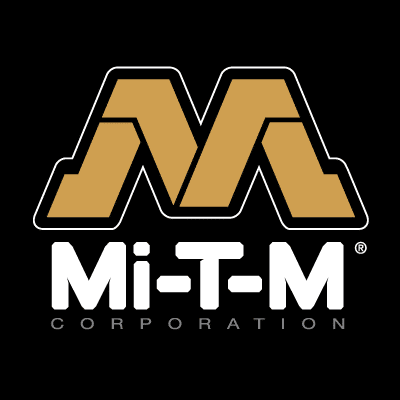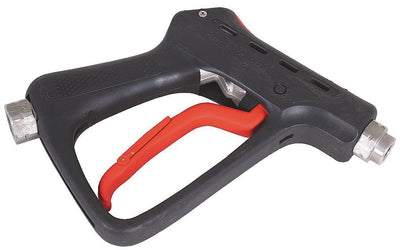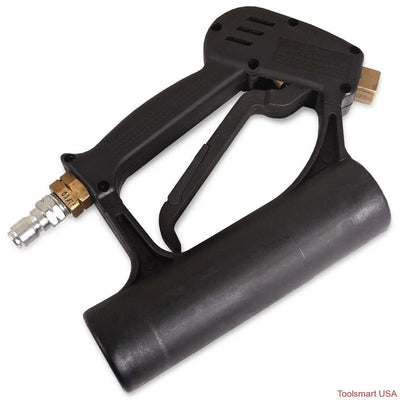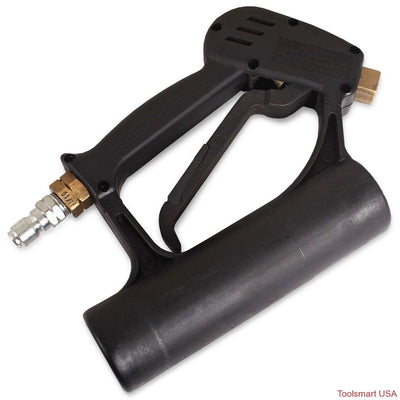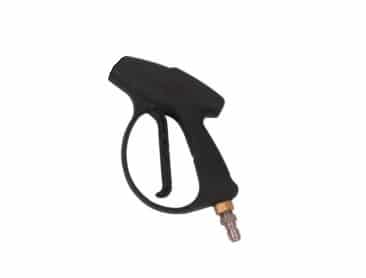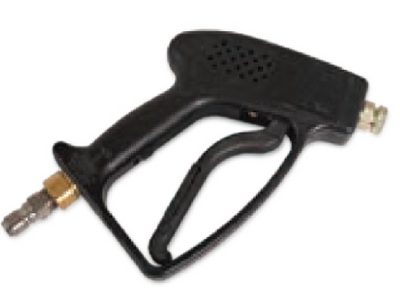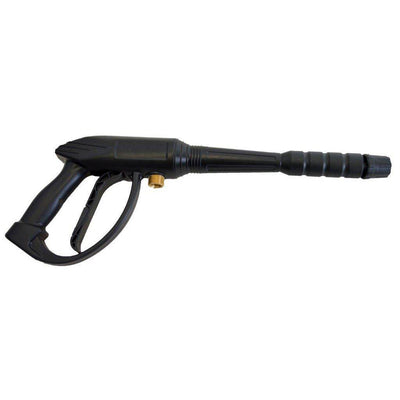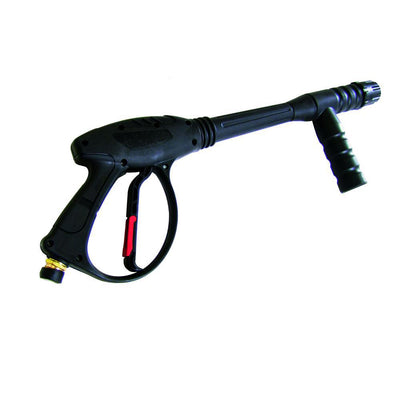A Complete Guide to Spraying Stains
Stains are used for a variety of coating needs. Common applications include decks, furniture, and trim work in homes. Stains are greatly beneficial as they help to even out differences in your wood tone. However to achieve the maximum benefit of spraying your stain you will want to choose a good spray gun that is well suited and use proper application technique. We will consider what you should think about before spraying stains so you can achieve the desired result.
Factor 1 – The Volume of Spraying You will do
If you will be spraying stains in a high production setting you will want to be able to keep up with the production volume you need. Common options that are used to spray stains at high production include air assist airless and automatic air assist airless spray guns. Choosing between the two will often depend on what degree of production you are aiming to achieve and finish quality or speed are your ultimate concerns. In general air assist airless will be a faster application method than a HVLP Spray Gun, however, it may not give you quite the fine breakup of your coating which will result in a less fine finish appearance. One way that you can potentially achieve both the finish quality of an HVLP spray gun and the speed of an air assist airless is to use a fine finish tip with your air assist airless. You can learn more about fine finish airless tips versus standard airless tips here.
If you will be doing low volume spraying of stains, you’ll typically want to look at a HVLP or LVMP spray gun. For volumes over a gallon at a time, is typically ideal to consider a pressure pot. A pressure pot will allow you to spray more material before needing to stop production to refill the pot. However, if you’ll be using less than a gallon at a time, the pressure pot can often cause extra waste due to having to flush out fluid lines when finished with your spraying of stains.
For spraying less than a gallon at a time, typically a gravity fed spray gun’s, smaller pressure cup like these here, or a suction fed spray gun will be ideal. To better understand whether gravity or suction fed would be better suited for you, you can review the guide on gravity versus section spray guns here
Factor 2- Where you will be applying the stain
Typically, if you are spraying stains, you’ll be performing the work either in a shop or in the field. Each type of work will require different equipment to be able to appropriately spray your stain.
In a shop setting, you’ll typically need a compressor to feed your spray equipment. You can also use options that are typically designed for field use like an electric air assist airless or a turbine HVLP spray gun unit. However, typically using a spray gun fed by a compressor will provide a greater variety of coatings you can apply.
If you will be applying stain in the field, your options will typically be limited to an electric airless or a HVLP turbine unit. The main difference between these options is the speed and finish that you can achieve with each.
Factor 3 – Will you be Spraying Other Coatings?
Stains are lighter bodied generally than other coatings like latex paints, which are often used in coating wood. If you will be using any primers or latex paints with your wood painting you will want to make sure that they can be sprayed with an HVLP spray gun, sometimes thicker bodied coatings will require a conventional spray gun or airless sprayer. If you have to use a conventional spray gun, you will not be able to spray them with a turbine unit. The best way to determine what type of spray gun you can use with the coating is to refer to the coatings Technical Data Sheet which offers an overview of how the coating should be applied.
Factor 4 – Fluid Nozzle/ Fluid Tip Size
Once you have determined the right type of spray equipment, you have to select a fluid nozzle and air cap that will be appropriate for your application. With stain being lighter coatings common fluid nozzle sizes for stains range between 1.0 – 1.8 mm nozzles with common nozzles being around 1.4 mm. For airless sprayers a tip between 0.011 – 0.015 is commonly used depending on whether it is a transparent or solid stain (with the larger sizes being used with solid stains). Air caps will be chosen based on the fan pattern and CFM that they use. Higher CFM air caps will provide greater atomization than low CFM air caps.
Factor 5 – Proper Preparation
While this doesn’t actually involve the physical spraying, your preparation will ultimately determine your product surface finish. You will want to ensure you have properly prepared the part by sanding it. You will also want to ensure you either raise the grain or use a non-grain raising stain. If you fail to do so the wood filament will stand up creating a rough appearing surface.
Factor 6 – The Stain You Use
Every stain has slight differences in quality and cost. A lot of stains are now offered as two in one combining a urethane with the stain to simplify application. However, you will want to confirm before using these type of stain whether it can be sprayed. A lot of two in one spray stains will not spray well due to having two different components mixed in one. For best finish results when wanting to spray a stain you typically will want to evaluate using a stain and potentially a sealer plus top coat. The need for a sealer will depend on the wood and is good to discuss with a coatings representative to ensure you find one that can be sprayed and is good for your particular wood surface.
Factor 7 – Spray Technique
The Final factor and one of the most important is how you spray the coating on the surface. Proper spraying will depend on the equipment you use. For example, air assist airless will require you to hold the gun farther from the surface compared to an HVLP. You will also want to keep the spray gun at a uniform distance from the target. Additionally, you want to keep the gun parallel to the surface to be sprayed throughout your spraying. You can find a lot of good over view of spray training technique online.
Conclusion
By considering equipment to spray with, product preparation, the stain, and spray technique you can ensure a quality finish will be achieved.

